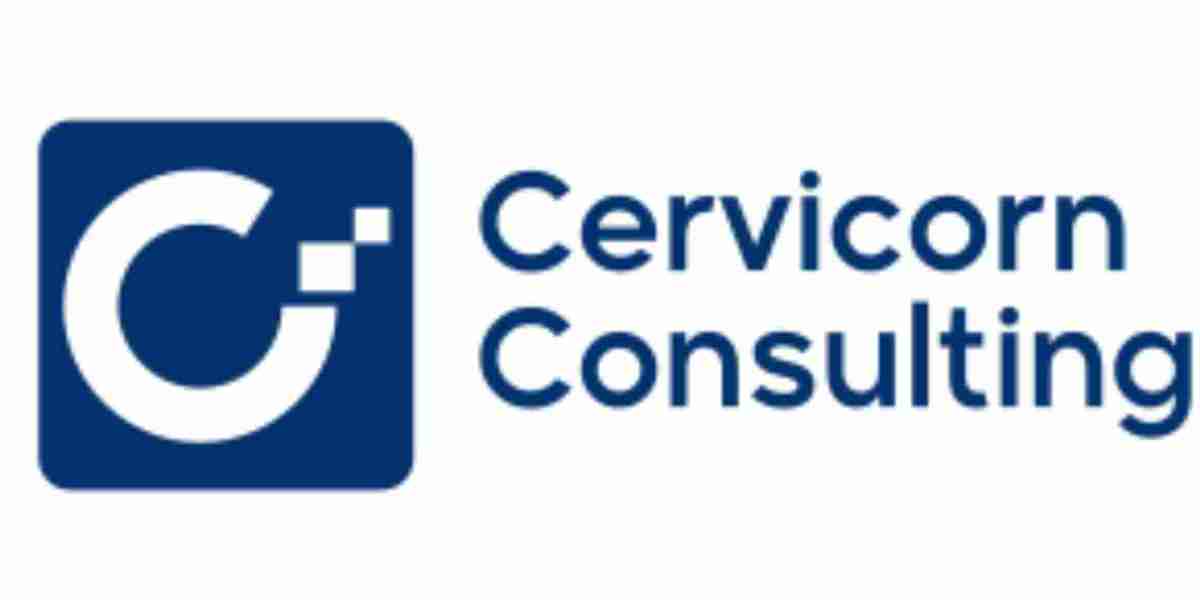The global hydration containers market has experienced significant growth in recent years, driven by increasing health consciousness and a shift towards sustainable products. However, environmental concerns have emerged as critical inhibitors, challenging the market's trajectory. These concerns impact both consumer perceptions and manufacturing processes, necessitating a comprehensive examination.
Environmental Challenges Facing Hydration Container Manufacturers
One of the foremost environmental challenges is the reliance on single-use plastics. Despite the availability of reusable alternatives, single-use plastic bottles remain prevalent due to their convenience and lower initial costs. This widespread usage contributes significantly to plastic pollution, prompting regulatory bodies to implement stringent measures. For instance, Coca-Cola faced criticism after revising its environmental targets, softening goals related to recycled content and bottle recycling rates.
The production of plastic bottles is resource-intensive, consuming substantial amounts of water and fossil fuels. This process not only depletes natural resources but also contributes to greenhouse gas emissions, exacerbating climate change. In response, some regions have initiated bans on bottled water sales to mitigate environmental impacts. For example, Bundanoon, Australia, became the first town to prohibit bottled water sales, inspiring similar actions globally.
Impact on Consumer Perception and Market Demand
Environmental concerns have significantly influenced consumer perceptions, leading to a heightened demand for eco-friendly hydration solutions. However, the higher initial costs of sustainable options pose barriers. Premium eco-friendly bottles can range from $30 to $100, deterring price-sensitive consumers. Manufacturers face the challenge of balancing sustainability with affordability to broaden market adoption.
Moreover, concerns about the hygiene and durability of reusable bottles persist. Consumers often perceive reusable bottles as high-maintenance compared to disposable alternatives, hindering widespread adoption. Addressing these perceptions through education and product innovation is crucial for market growth.
Regulatory Pressures and Industry Responses
Governments worldwide are implementing regulations to curb plastic waste, directly impacting hydration container manufacturers. These regulations may include bans on single-use plastics, mandates for recycled content, and extended producer responsibility programs. Companies must navigate this complex regulatory landscape to remain compliant and sustain operations.
In response to regulatory and consumer pressures, some manufacturers are investing in sustainable practices. Coca-Cola, for instance, pledged to disclose investments in reusable bottles and track their outcomes, aiming to enhance transparency and environmental stewardship.
Opportunities Amidst Environmental Challenges
Despite these challenges, there are significant opportunities for innovation and growth in the hydration container market. Developing products from biodegradable materials, recycled plastics, and other sustainable options aligns with consumer demand for eco-friendly solutions. Technological advancements, such as self-cleaning bottles and smart hydration trackers, also present avenues for differentiation and market expansion.
Expanding distribution channels, particularly in emerging markets, can further drive growth. As urbanization and disposable incomes rise, consumers in these regions are increasingly seeking hydration solutions that combine convenience with sustainability.
Conclusion
Environmental concerns present both challenges and opportunities for the hydration containers market. Manufacturers must address the environmental impact of production processes, align with evolving consumer preferences for sustainable products, and adapt to regulatory changes. By embracing innovation and sustainability, the industry can navigate these challenges, ensuring growth and positive environmental contributions in the coming years.



